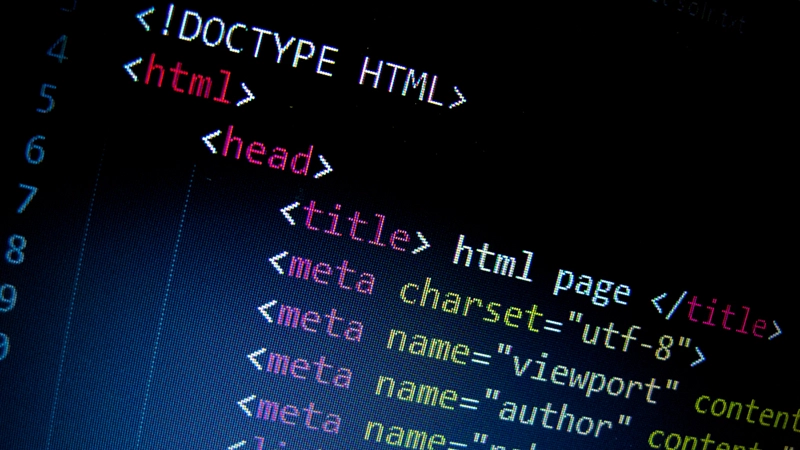Curious about why your website’s performance varies even with optimal SEO strategies? The explanation could be in the HTTP status codes your server issues. Let’s explore HTTP status codes, particularly the 304 response code, and examine its influence on SEO and web development.
What Are HTTP Status Codes?
HTTP status codes are three-digit responses from the server to the browser’s request. They indicate whether a request was successful, if there was a redirection, or if an error occurred. Understanding these codes is crucial for web development and SEO optimization.
The 304 Response Code: Not Modified
The 304 response code, also known as “Not Modified,” tells the browser that the requested resource has not changed since the last time it was accessed. This means the browser can use its cached version, saving bandwidth and speeding up load times.
301 vs. 304: Key Differences
- 301 Moved Permanently: This status code indicates that the requested resource has been permanently moved to a new URL. It is essential for SEO as it passes the link equity to the new URL.
- 304 Not Modified: This code tells the browser to use the cached version of the resource, improving load times and user experience but not affecting link equity.
Impact of 304 Response Code on SEO
While the 304 response code doesn’t directly influence SEO rankings, it plays a significant role in user experience. Faster load times can lead to lower bounce rates and higher engagement, indirectly boosting your SEO performance.
Implementing 304 Response Code in Web Development
To leverage the 304 response code, ensure your server is configured to handle conditional GET requests. This involves setting up proper cache headers like Last-Modified and ETag. By doing so, you can enhance your website’s performance and user experience.
Technical SEO: Beyond Status Codes
While understanding HTTP status codes is vital, technical SEO encompasses much more. From optimizing your site’s structure to ensuring mobile-friendliness, every aspect contributes to your site’s overall performance.
Conclusion
Understanding and implementing the 304 response code can significantly enhance your website’s performance and user experience. While it may not directly impact your SEO rankings, the indirect benefits are substantial. So, next time you’re tweaking your site’s SEO, don’t forget to consider the role of HTTP status codes.



